Terrain generated using a sugarscape, a cellular automata model with agents looking for sugar in the environment. Based on Growing Artificial Societies.
This slime mold simulation is a multi agent based system, obeying a set of simple rules and forces. The most characteristic behavior in Physarum Polycephalum is the distinct network of interconnected branches it creates. Over the years slime mold has fascinated many scientists and artists. Even though Physarum Polycephalum is a single cell organism, it exhibits a remarkable sensory-motor behavior and has the ability to create complex networks while searching for nutrients. Despite the lack of a central nervous system, it is able to effectively locate, migrate towards sources of food and over time optimize its complex network of interconnected branches, to effectively transport the nutrients over its constantly changing body.
This research led to the creation of this music video.
References
Jeff Jones (2011) Influences on the formation and evolution of Physarum polycephalum inspired emergent transport networks
Guodong Rong & Tiow-Seng Tan (2006) School of Computing, National University of Singapore
Jump Flooding in GPU with Applications to Voronoi Diagram and Distance Transform
Simpler cellular automata systems.
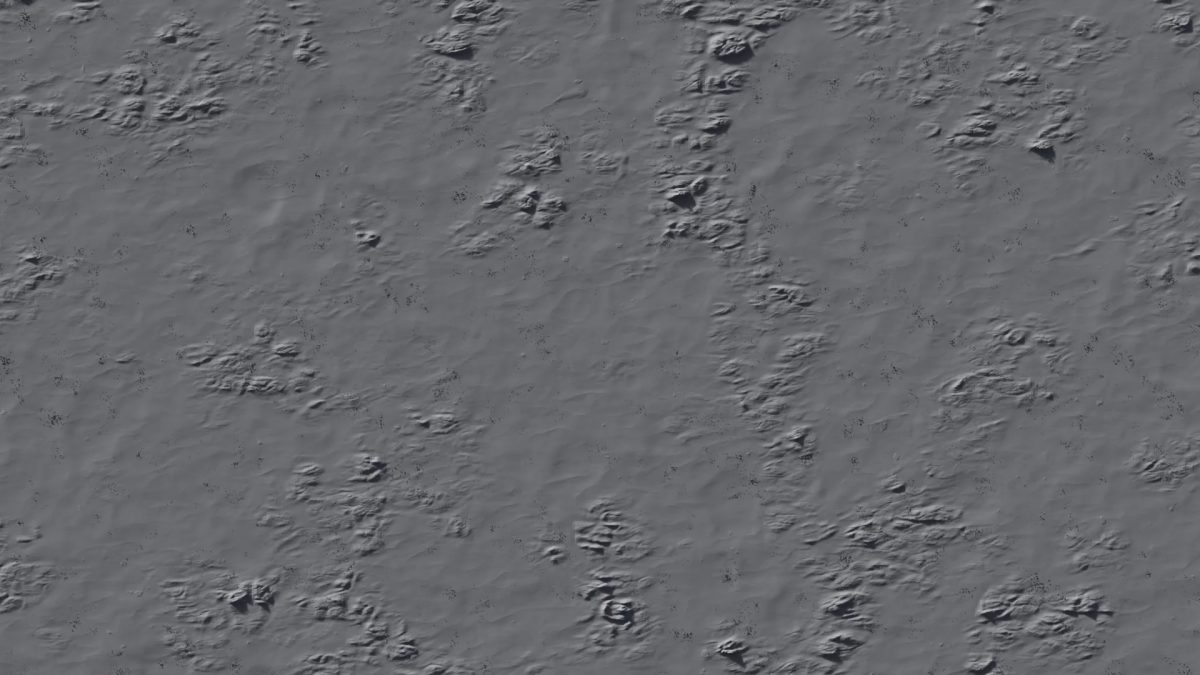
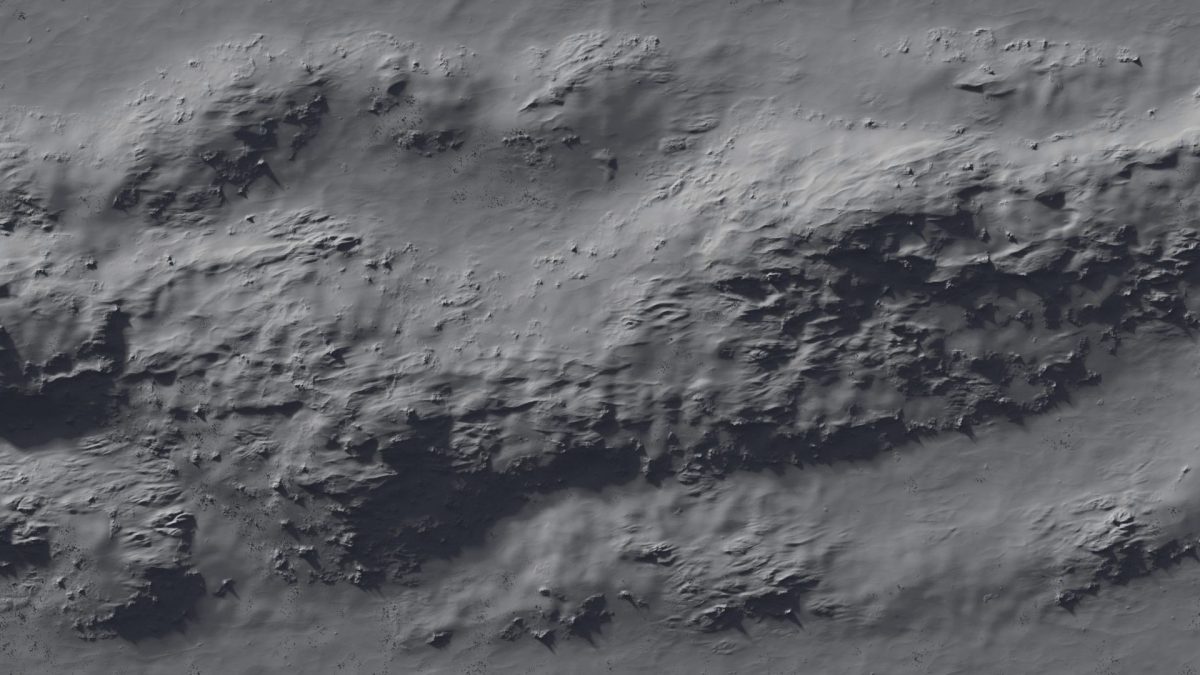
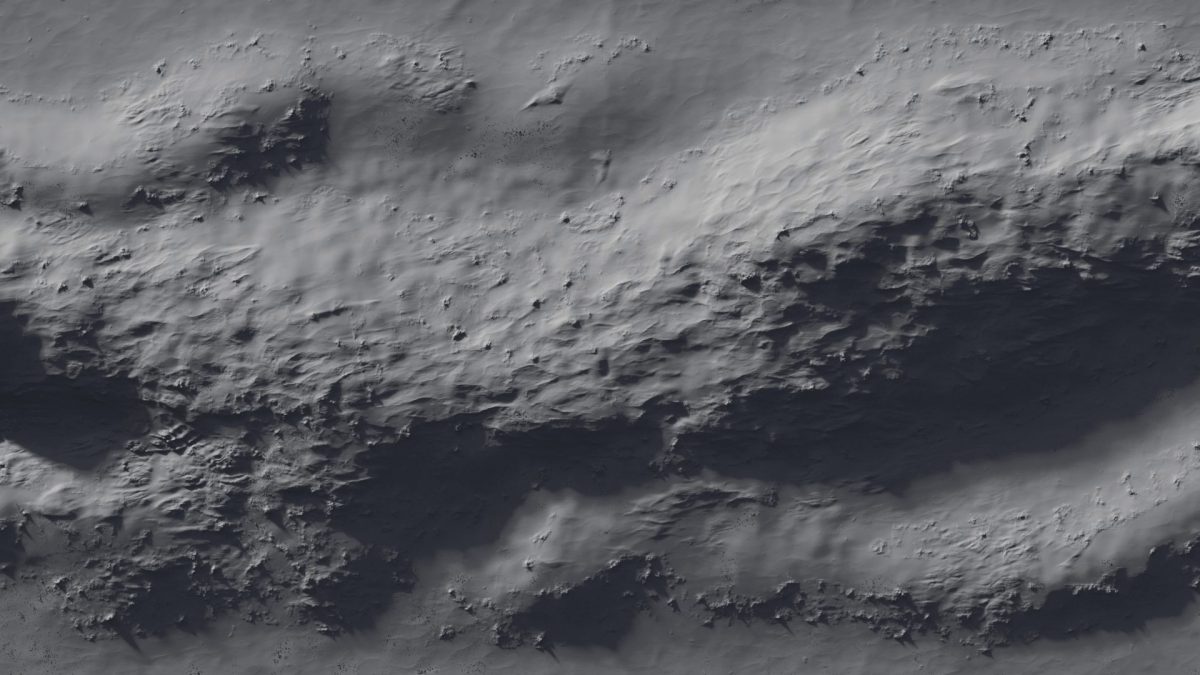
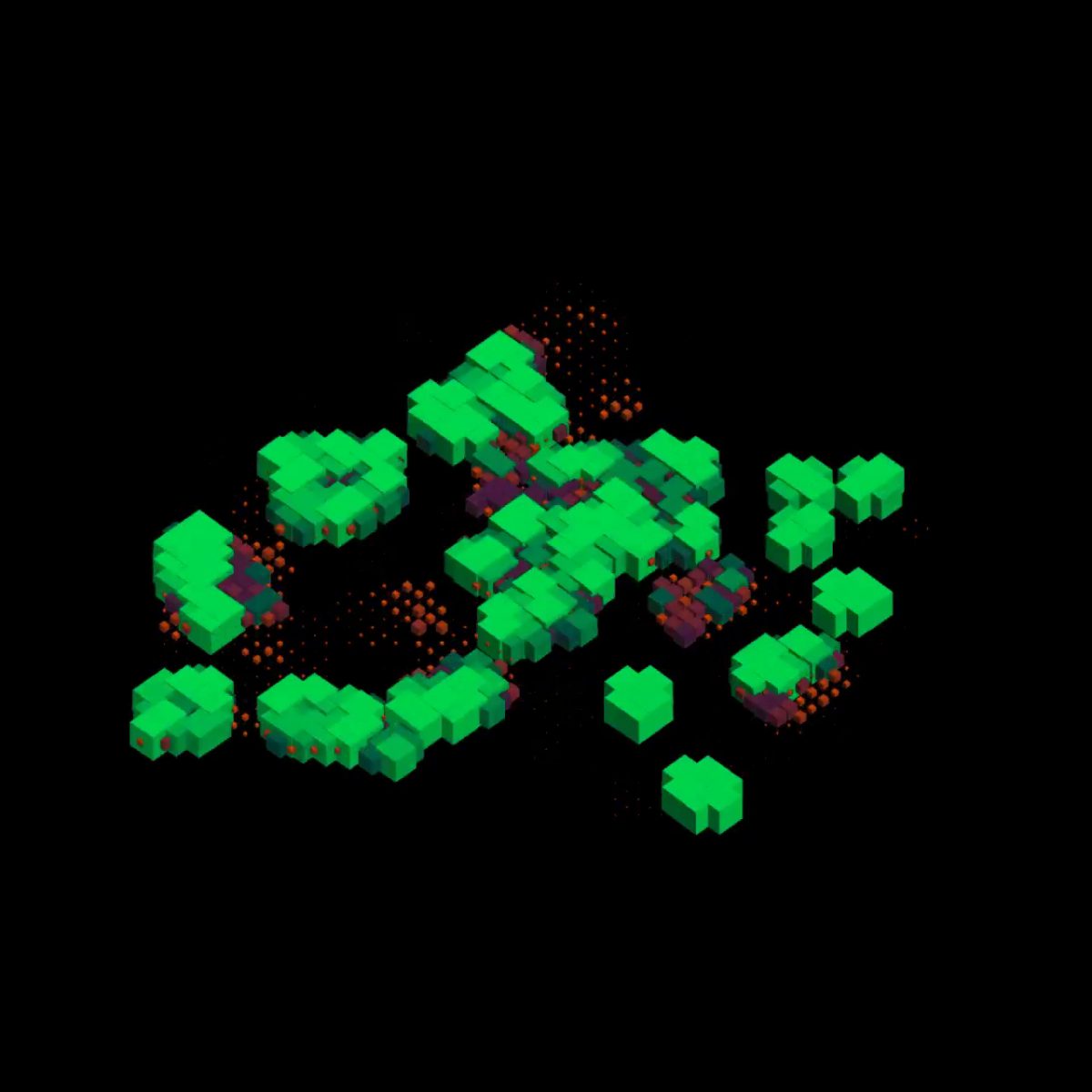

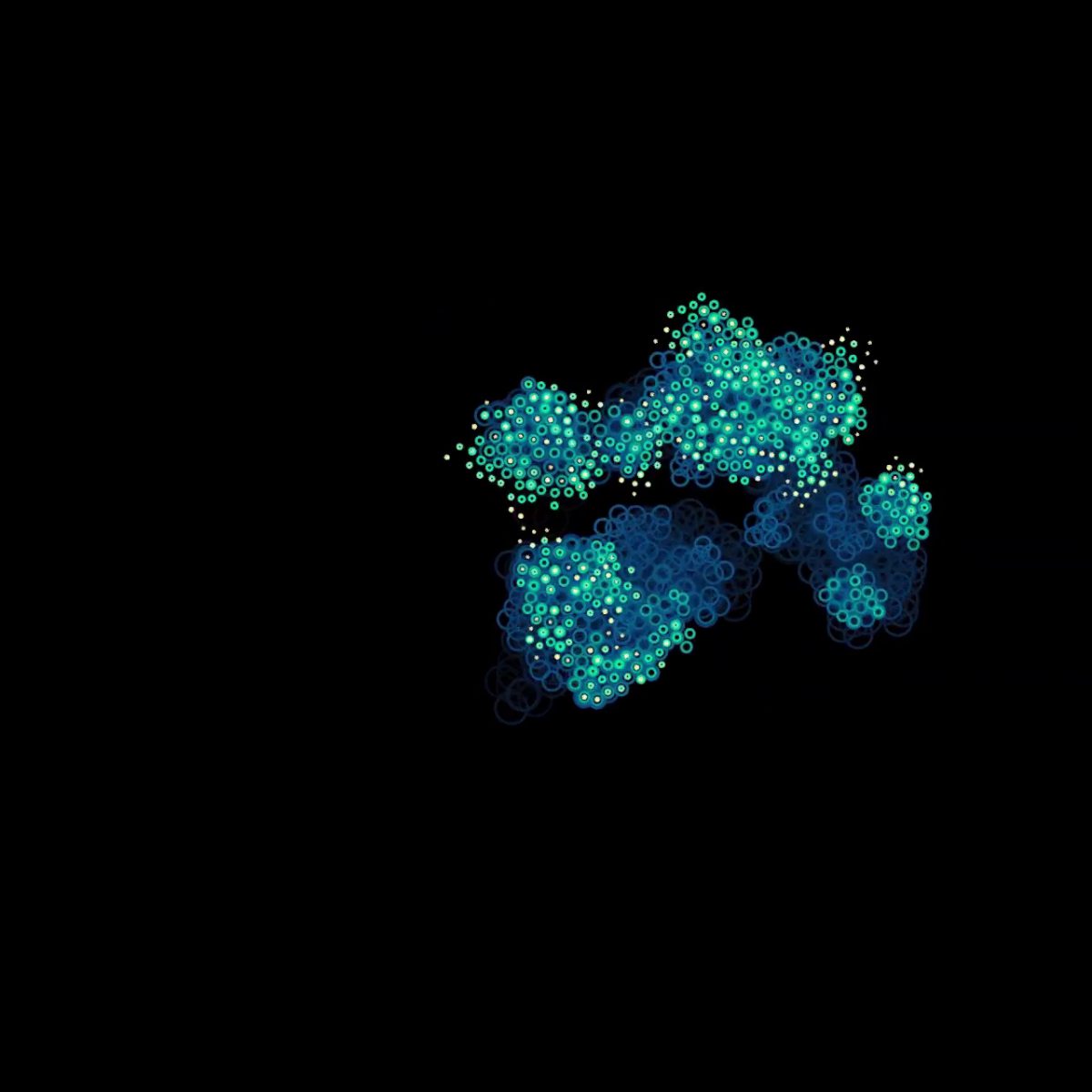
Research commissioned by Agnieszka Kurant.